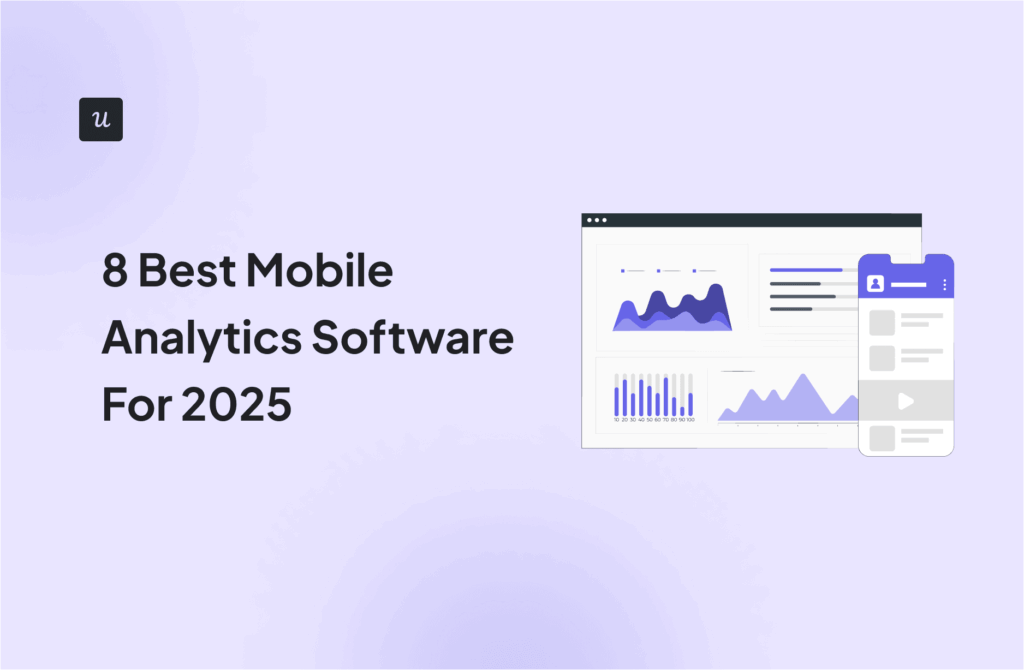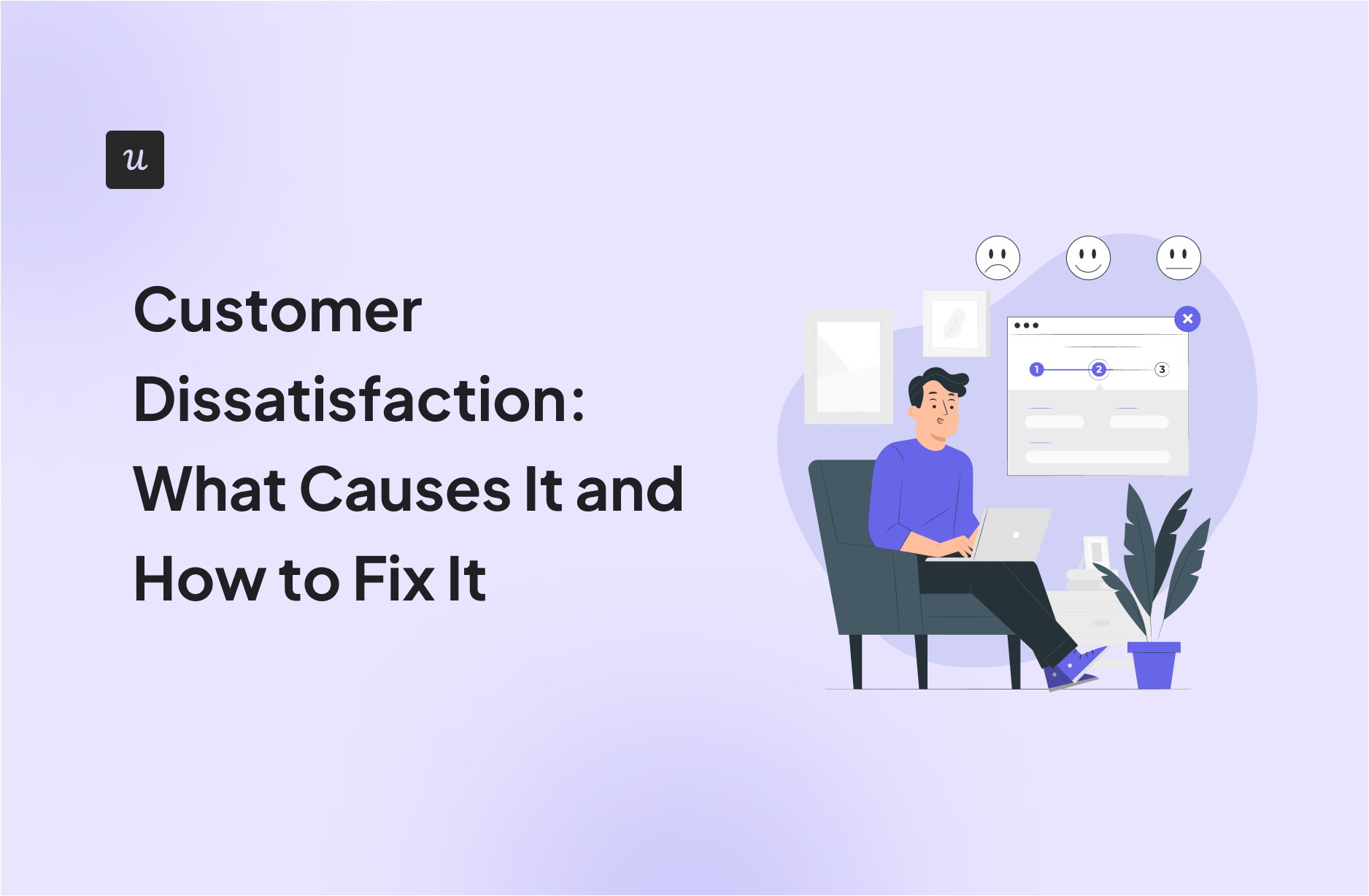
Get The Insights!
The fastest way to learn about Product Growth, Management & Trends.
What is customer dissatisfaction?
Customer dissatisfaction occurs when your product does not meet user expectations.
Their discontent with your company can propel them to criticize your brand publicly, leading to a loss of trust from your audience toward your business. The dissatisfaction can worsen if your organization doesn’t address those complaints properly.
Reasons for customer dissatisfaction
Different factors can lead to customer dissatisfaction—bad products, bad service, high prices, or something else.
Below are the most common reasons you may have dissatisfied customers:
Poor product quality leads to dissatisfied customers
A product is considered poor when the quality of the product doesn’t correspond to customer expectations. It can be an issue with product features not performing correctly.
For example, if a SaaS product has a lot of bugs and creates friction when users are trying to achieve a goal, it will leave customers dissatisfied.
The product’s value doesn’t justify the price charged
Pricing is another factor that can cause discontent among your customers. If your product costs more than its provided value, it can result in customer churn.
Another reason can be hidden product or service costs that were not stated clearly at the beginning of the user journey. Not announcing price changes properly can be another issue.
The product or service fails to meet customer expectations
If your product doesn’t deliver what you promised to customers, expect them to express unhappiness toward it.
For example, you hyped your product to your audience, telling them it has powerful functionality that delivers high results. But once they got their hands on the product, it failed to meet expectations miserably.
A way of preventing customer dissatisfaction and improving retention is to deliver on the promise you made in your marketing campaigns.
Poor product usability adds friction and leads to unhappy customers
If your business is in the SaaS space, you know how important it is to have a user-friendly interface. If you don’t, you’re going to hear about it.
Other examples of poor product usability include:
- Too much information is on the screen, making it difficult to interact with the different elements.
- User experience (UX) is too impersonal.
- Lack of organization in the product’s resource center.
Poor customer service representative interactions make users frustrated
If your customer service agents are not meeting the needs and solving the issues of your customers promptly, this can become a trigger for customer dissatisfaction.
Below are examples of poor customer service:
- Using harmful and foul language around customers.
- Transferring calls to different customer service representatives again and again.
- Making customers wait long before they answer—if they answer at all.
- Overall bad and unpleasant attitude toward customers.
To cut the need for customers to reach out to your support team, create chatbots or knowledge bases. They will take care of answering repetitive questions and guiding users to the correct course of action.

What impact does customer dissatisfaction have on your business?
A dissatisfied customer can have a huge impact on your business. Customer dissatisfaction affects productivity, customer loyalty, and company reputation.
Below are some examples of the impact customer dissatisfaction can have on your business:
Dissatisfied customers leave negative feedback
When customers reach out to your support team but don’t get a resolution for their issues, they will take their complaints elsewhere—mostly to the public.
This negative word-of-mouth can affect the growth of your SaaS company, so make sure you handle them correctly.
At the same time, negative feedback isn’t all that bad. You can use their comments to validate product issues and prioritize which problems to focus on first.
Dissatisfied customers have a higher chance of churning
Dissatisfied customers who have a negative user experience are likely to churn.
Companies should consider their customer service processes and make sure that they are able to address issues quickly and efficiently so that customers do not feel neglected or mistreated by their company.
Be proactive in identifying product issues to reduce customer churn. Don’t wait for customers to point them out for you.
Make your new users’ onboarding process easier and more personalized to quickly close the value gap and minimize the number of dissatisfied customers.
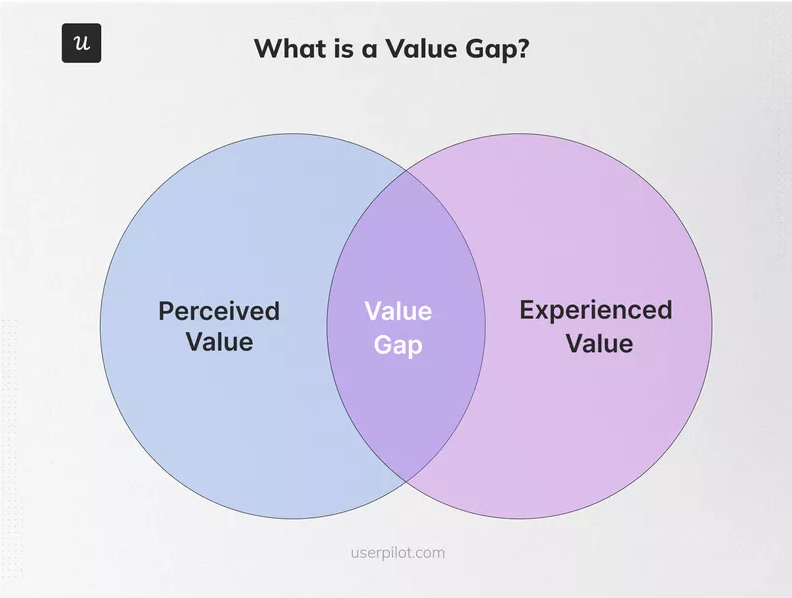
Your customer support team gets overloaded
Unhappy customers will let you and your customer support team know they are unhappy with your product. This means your customer support agents will get tons of messages and calls, making it hard for them to properly approach each customer.
This overload can result both in more dissatisfied customers and quitting employees.
Types of dissatisfied customers
A dissatisfied customer comes in many forms. Below are the most common types of dissatisfied customers you’ll deal with or are dealing with in your business:
- Angry customers: They will go out of their way to find fault with your business and lash out at you if you don’t provide them with the solution they’re looking for in a problem.
- Unhappy customers: They aren’t as abrasive as angry customers, but they’ll express their disappointment in your product not meeting their expectations.
- Demanding customers: They may ask your support agents to do something that they are not authorized or otherwise able to do for them.
How to handle customer dissatisfaction and reduce potential churn
Knowing the customer types you encounter the most and what makes them tick enables you to deal with them appropriately.
This way, you can diffuse their dissatisfaction, allowing you to get back into their good graces and retain them as clients.
Below are ways to do this:
Personalize customer experience based on customer data
One of the best ways of personalizing customer experience is asking them a few questions using a microsurvey. Then, use the information they provided to show them contextual tooltips and onboarding checklists, allowing them to use the product that suits their needs.
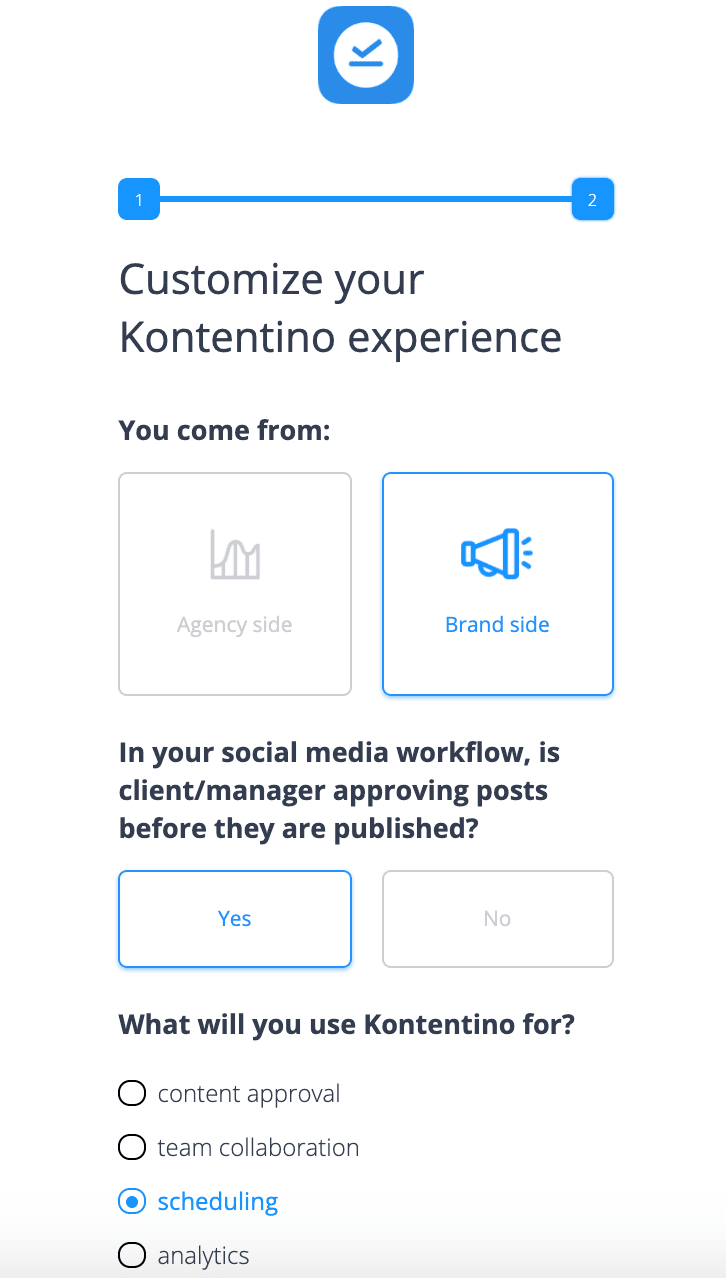
Your onboarding initiative shows your willingness to go out of your way and accommodate them, which can increase customer loyalty and satisfaction.
You can also use microsurveys throughout the user journey. For example, ask users to answer customer satisfaction surveys after using your product for days or weeks, if not months.
Their answers provide you with insights regarding their sentiments about your product. Use the most common feedback customers provided to make the necessary improvements on your product for better personalization.
Guide new users to experience value faster
By tailoring your customer’s onboarding experience, you can shorten their time to value (TTV).
Creating in-app guidance will help your users get a hold of your product’s different features. Customers can then go straight to using your app, allowing them to achieve their goals quickly.
Use interactive walkthroughs to help take away the guesswork from using your product and proceed to make the product work for them.
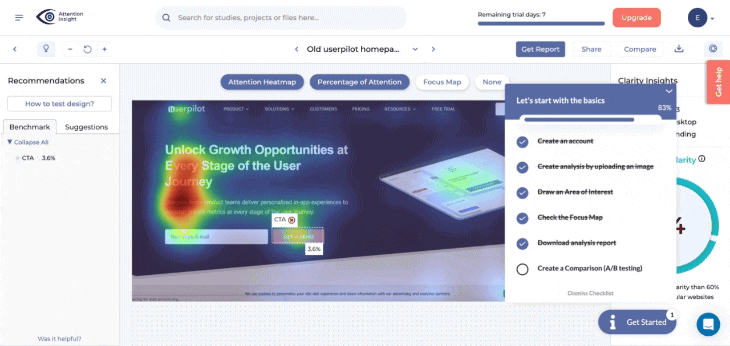
Constantly measure customer satisfaction level
Measuring your customers’ sentiment towards your product gives you ideas on what it takes to turn their frown upside down or maintain customer satisfaction.
Different customer satisfaction surveys provide quantitative data on what users think about your product.
To help you get more detailed customer feedback, follow it up with an open-ended question.
Getting qualitative data this way provides you with better information on how to improve your product’s customer experience.
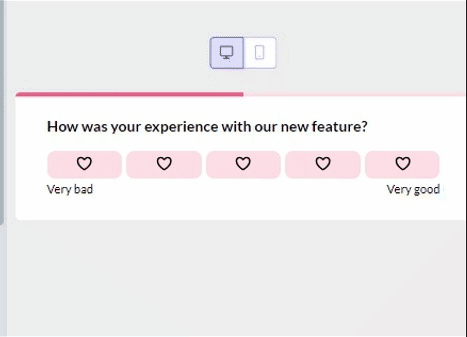
Measure customer loyalty with a Net Promoter System
Net Promoter Score (NPS) helps measure customer satisfaction levels. It asks how likely customers are to refer your product to their friends and colleagues on a scale from 0 (highly unlikely) to 10 (extremely likely).
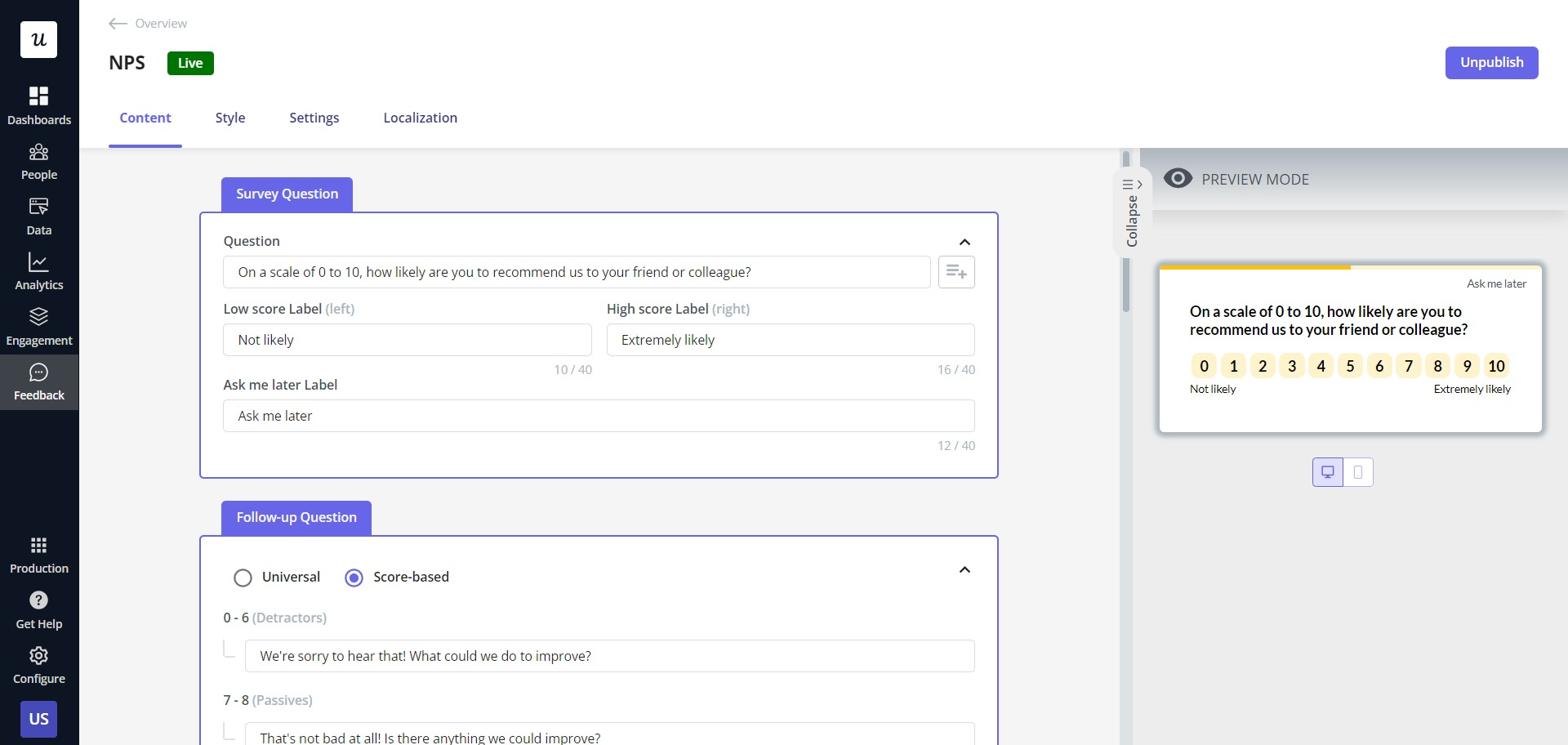
Promoters (customers who gave a score between 9 and 10) will go out of their way to promote it to their colleagues.
Detractors or customers who gave your product a score of 6 or below are your dissatisfied customers who need nurturing.
Customer segmentation tools like Userpilot allow you to create segments based on NPS scores. Then, you can trigger modals for these segments, e.g., offer detractors a personal meeting with your customer success manager so you can improve their customer satisfaction.

Create segments based on customer in-app behavior
Identifying product user segments is another approach to managing customer dissatisfaction.
For example, find out who your inactive users are from your product analytics. These customers are likely not to see your product’s value, causing them to stop using it altogether. From here, reach out and offer a personal demo to them or help.
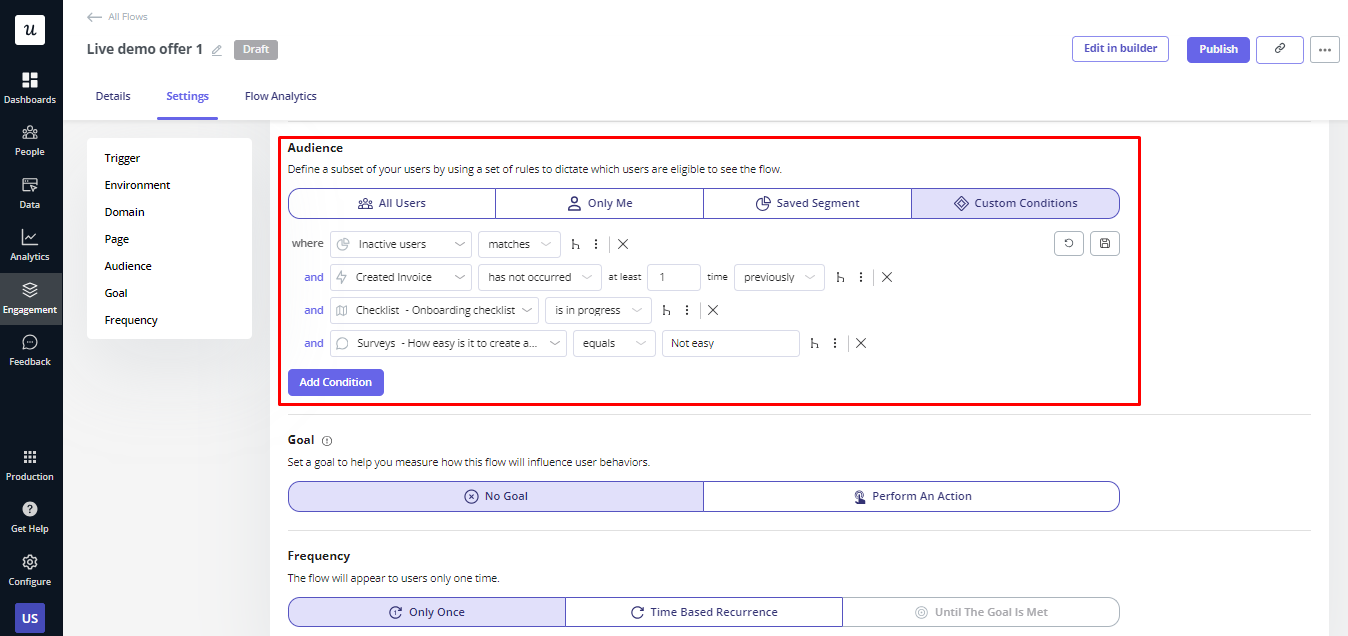
Enhance customer support with self-service in-app help
Some customers may prefer figuring out how to use your product on their own. And even if they have any questions, they are more likely to use a self-service in-app help than connect with your support team right away.
So make sure you create a localized in-app resource center full of helpful content.

Be proactive and offer contextual help
As mentioned, you don’t want to wait for customers to experience issues before addressing them. By taking a proactive approach, you improve customer experiences and prevent customer churn.
For instance, tooltips allow you to properly introduce your product’s new features to customers so they can use them from the get-go.

Help users reach an activation point with checklists to close the value gap
The value gap refers to the distance between a customer’s expectations and the product’s real delivered value. Your goal is to close the gap and eliminate dissatisfaction by understanding users’ needs.
Guidance like onboarding checklists helps prompt new customers to take action and reach the activation point.
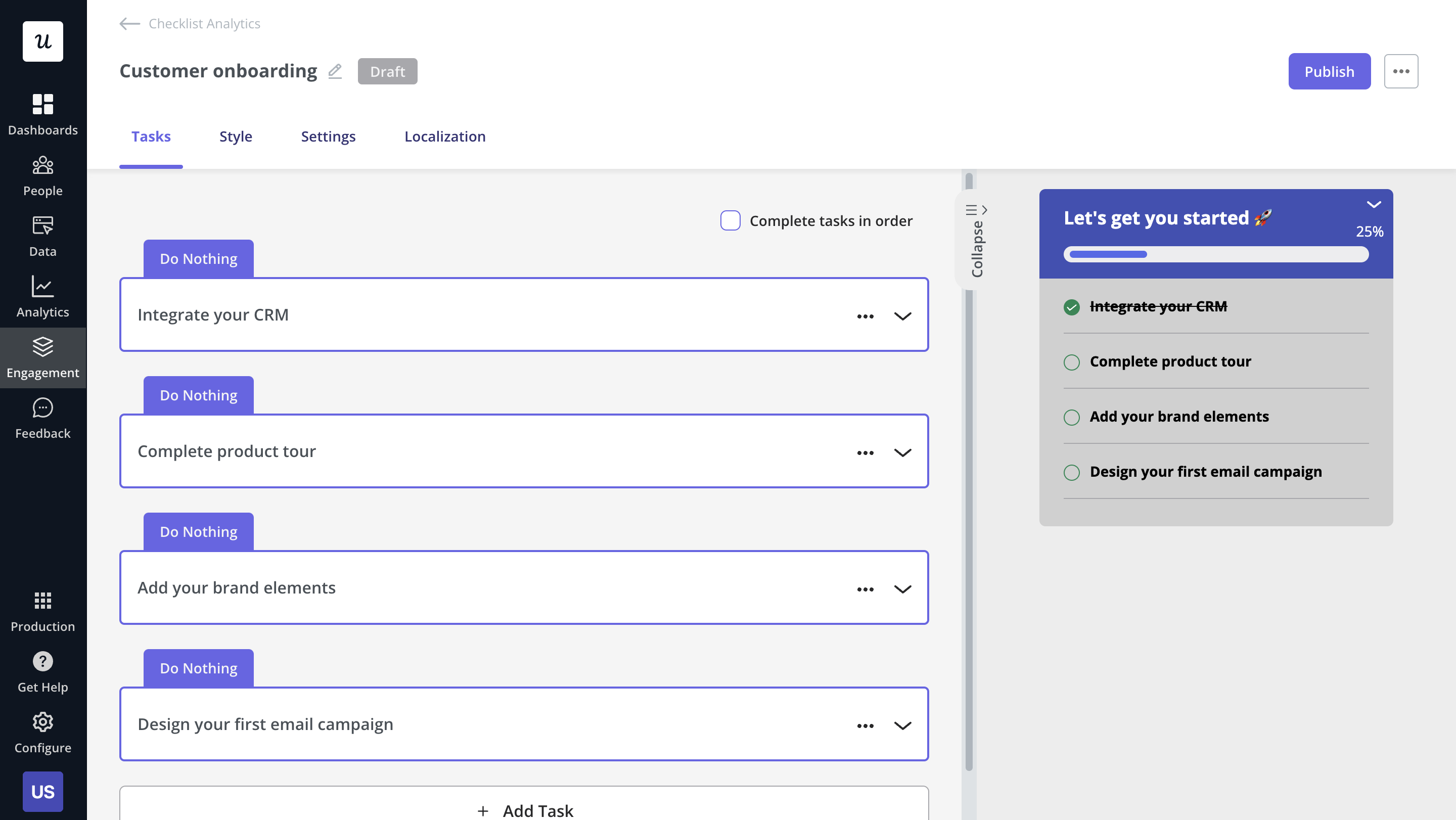
You can then track activation goals and feature usage to identify the gaps or find a better way to communicate their value to customers.
Give quick and thorough answers to customer questions and complaints
You don’t want your customers to feel ignored or unheard by your company.
Consequently, if your customer support doesn’t respond to them over time, they will feel unsatisfied.
Aside from promptness, another golden rule of exceptional customer service is to give your responses a personal touch.
Address them by name, reference their specific issue, and offer tailored solutions instead of generic replies. This approach reassures customers that your company genuinely cares about resolving their problems, leading to higher satisfaction and retention rates.
Respond to negative feedback and customer complaints kindly
Building trust with potential customers is dependent on how your brand handles criticism.
When a customer is upset or dissatisfied, a good customer service team may be able to turn the situation around by actively listening, empathizing, and offering a solution, demonstrating that the company values their feedback and is committed to improving.
So, always respond kindly to negative comments from dissatisfied customers. Use this as an opportunity to learn more about your product and how to make it better.
Showing genuine remorse and effort to reconcile with customers will show others that you have their best interest in mind.
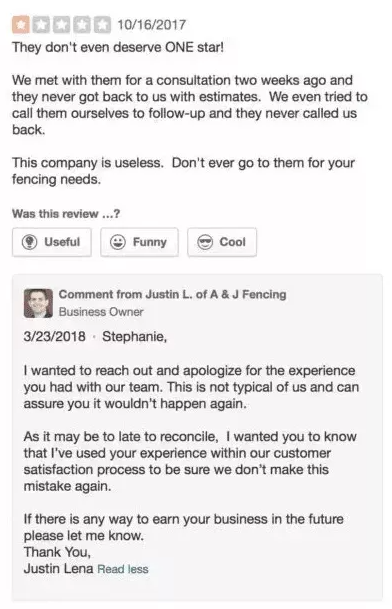
Conclusion
Customer dissatisfaction is bound to happen in your business, whether you like it or not. It’s just a matter of how you plan on preventing customer churn.
By putting customers first by using in-app feedback surveys and providing them with personalized support, you should be able to get back in their good graces.
Want to build product experiences code-free? Book a demo call with our team and get started!





